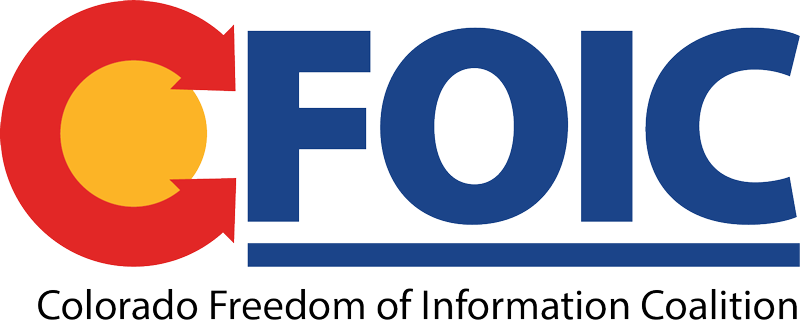The Colorado Independent: The primary that just concluded was remarkable for several reasons. We had an influx of new voters, while suffering from a dearth of solid data. With even more people in need of good information, the race played out in quasi-silence, as significant differences between candidates went almost unremarked, important coverage appeared late, and much of it was placed in disparate locations. If you were not paying close attention to several websites at once, you probably missed the entire show.
As I scoured for election coverage, I deeply appreciated the hard work of the reporters who were trying to cover the race. Yet they were battling vicious economic forces that put the journalists and the voters they were hoping to serve into a terrible predicament. Most of the vectors by which we once learned who to cast a vote for were so disrupted that the defining characteristic of this election was the scarcity of data.
To remember just how different things used to be, recall when John Hickenlooper first ran for office. He was a likeable guy who sold beer, but the notion of serving as mayor seemed improbable. It was inconceivable he might ever run the state. Five weeks before the 2003 mayoral election, he was tied for fifth place in a crowded field of candidates. Then the Rocky Mountain News published a ringing endorsement: “John Hickenlooper is the only serious candidate for Denver mayor who has actually done what all the other candidates say they want to do as a top priority: create an impressive number of private sector jobs,” began that editorial. Two weeks later, The Denver Post followed suit.
Thanks to those endorsements, as well as some memorable ads, John Hickenlooper surged and won handily. The newspaper endorsements were key, in terms of establishing credibility. Ads conveyed his quirky personality, but only after securing unequivocal support from both of the city’s major papers was his substance established. He was running as a centrist and without the support of a major political party, and having the two papers back him was the key to attracting popular support.
Since then, thousands of newspaper subscriptions have lapsed and ad dollars have moved elsewhere. Major press outlets that once made big investments in political coverage no longer do so. The Rocky has vanished and the Post employs a fraction of its former staff. Once several dozen reporters would have covered the primary, but instead one or two individuals struggled to do the work of many. Fewer substantive stories were published and down-ticket races got zero attention. No major press outlet generated any independent polling data. Journalists covering the race depended on well-endowed candidates for data about how those same candidates were performing.
Visit The Colorado Independent for more.
